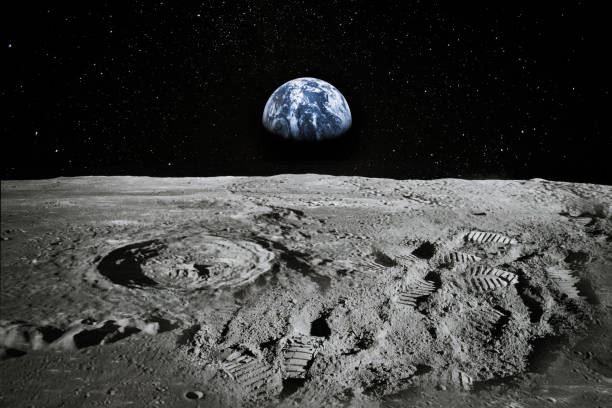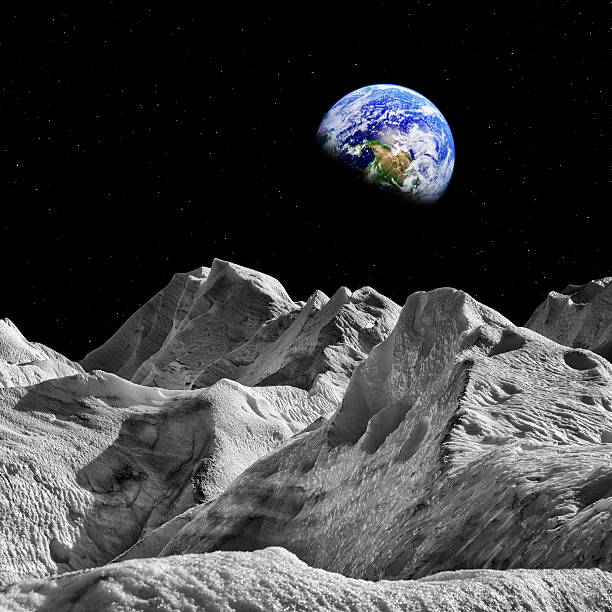Why is Earth mostly crater-free compared to the pockmarked Moon?
The primary distinction between the two is that Earth possesses mechanisms that may erase practically all trace of previous impacts. The Moon, however, does not. Almost every minor dent caused on the Moon's surface will remain there. Three mechanisms assist Earth in keeping its surface crater-free. The first is referred to as erosion. Weather, water, and vegetation all exist on Earth. These work together to splinter and wear down the earth. Erosion can eventually reduce a crater to almost nothing.
In terms of geology and weather, Earth is more dynamic than the Moon, making it difficult for craters to persist. Even the surface craters that scientists can see, which might be millions of years old, have been covered by flora, worn by wind and rain, and altered by earthquakes and landslides. Meanwhile, the Moon is geologically calm and has essentially little weather, making its hundreds of millions of craters visible. Meteorites and volcanic activity both contributed to the formation of the craters. Some of the oldest Earth rocks may be waiting to be discovered on the Moon, having been blasted there billions of years ago by asteroid collisions that rocked both worlds.












